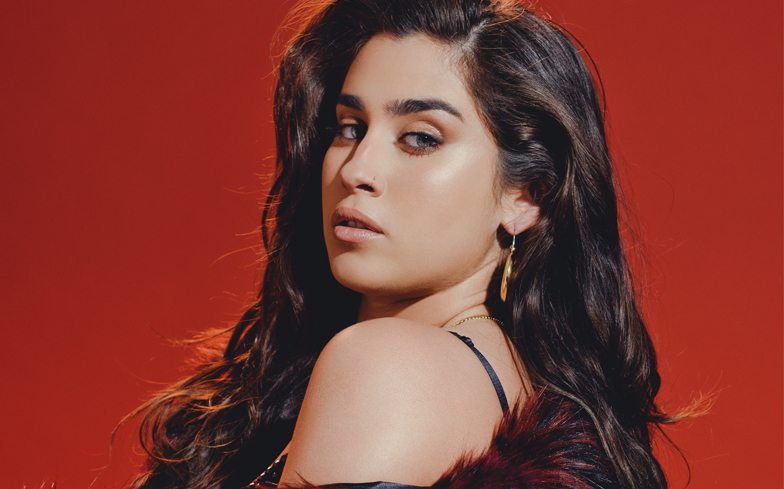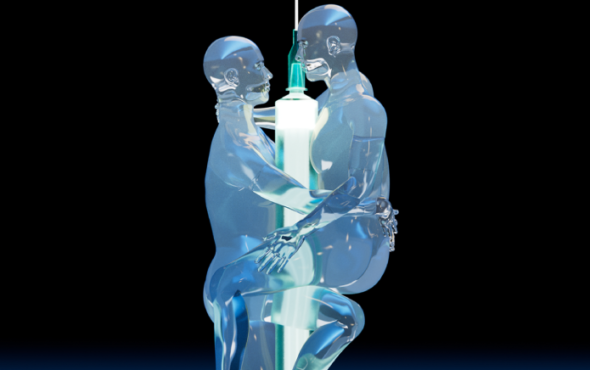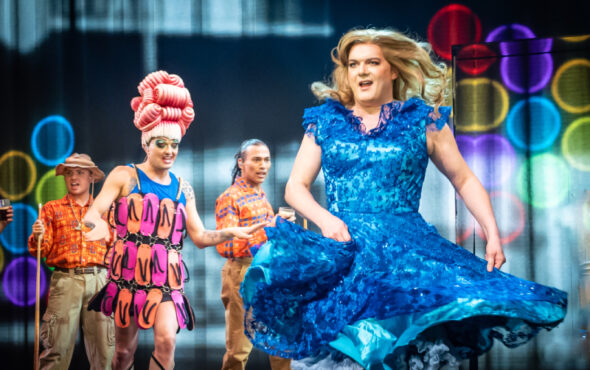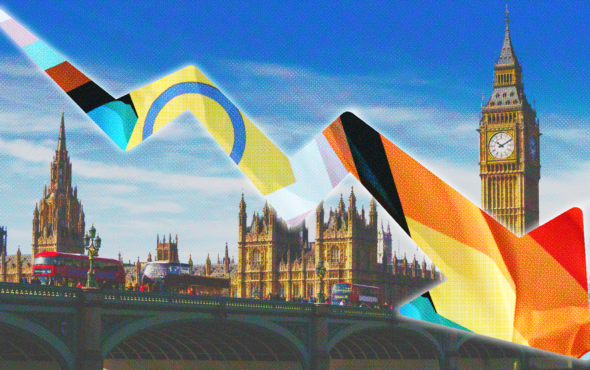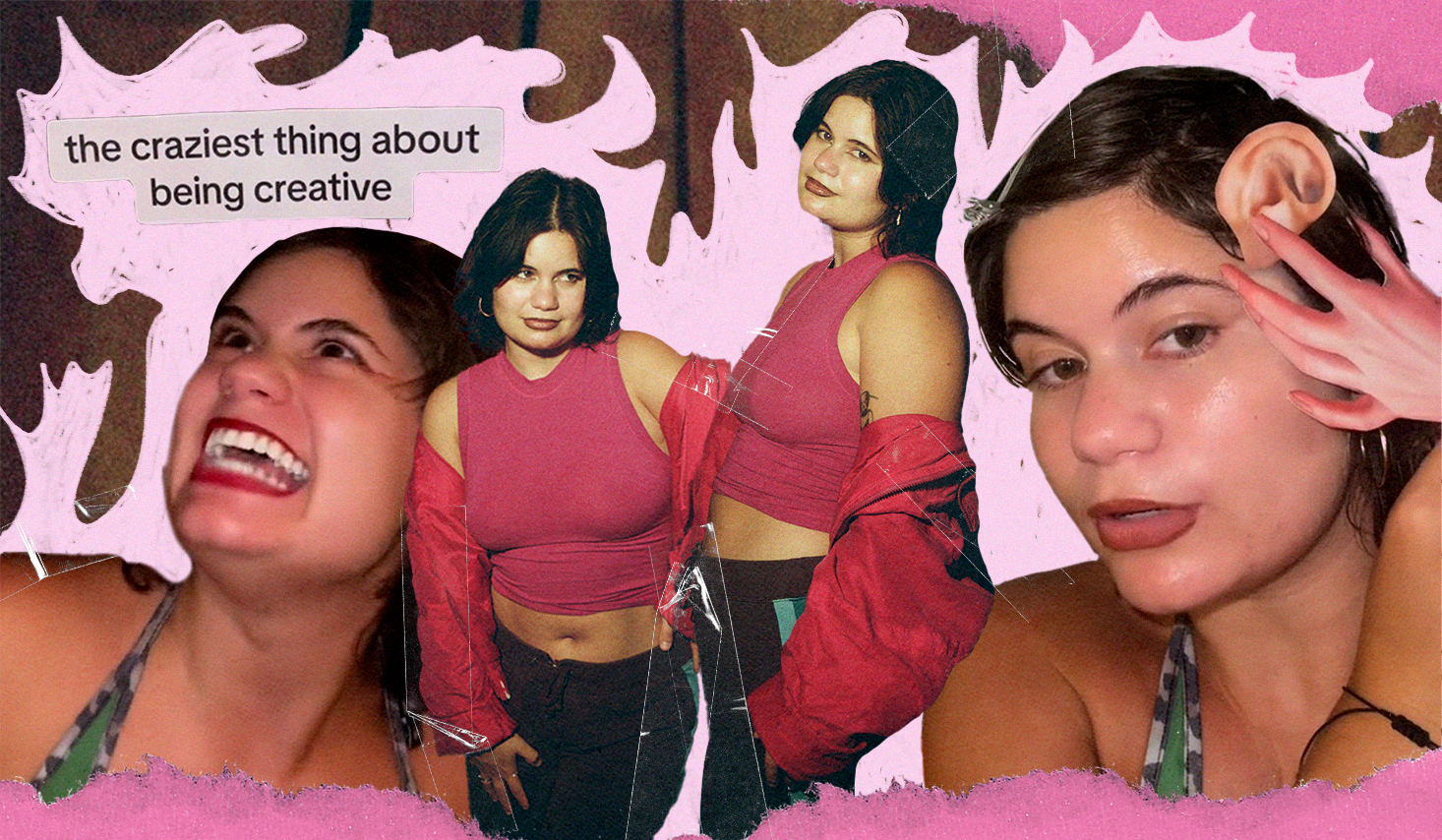
A TikTok video as a piece of art? You may be able to hear the boomers roll their eyes from space, but for artist Vita Kari, this is the reality of their work. Accruing a following of over 1.5 million, the LA-based non-binary visual artist is using the social video platform to tease viewers through crafty artforms to trick and enthral. With 56 million views, and counting, on their TikTok alone, their series “The craziest thing about being creative…” has captured the imagination of millions and ushered in a new era for the platform as visual artists flock to their FYPs to create the same hype for their own art.
For those who haven’t seen the trend, it sees Kari say into the camera, “The craziest thing about being creative…” and then reveals something in the shot that is actually a meticulously crafted paper replica, whether it be their hand, the text on screen or even their dog. Designed to grab the attention of the average TikTok user, Kari says they put themselves in the position of the scrolling person to develop the idea: “I really was excited to try to think, ‘What would stop me in my tracks?’ Right? What type of moment would get me to really pause? And I love an illusion, I do.”
While Kari’s first foray into virality continues to trend, the visual artist is hard at work completing their MFA at Otis College of Art and Design and continuing to break the fourth wall through illusion-centred art. Take their December live performance piece at Art Basel, which saw them ‘trapped’ in a plexiglass container while passersby were encouraged to pour water into the container and allow a ‘thirsty’ Kari to drink. Described by one viewer as “David Blaine stuff”, Kari says it’s this “glitching in reality” which offers them to disrupt space and make an impact. To dig into their queering of the visual arts space, GAY TIMES caught up with Kari over video, where there were luckily no paper replicas in shot.
View this post on Instagram
Your art is super experimental. Where do you get your inspiration from?
A lot of what I’m working on right now is about ironically, gay times. But it’s about being able to queer spaces, disrupt the fold, whether it’s digitally. Like the Doom scroll and interrupting that moment, or presenting an alternative glitching in reality, whether it’s a billboard or on a can or somebody’s trapped on a can, aka me, also in a body and what it means to be in a body. The idea of shifting or queering spaces is something that a lot of queer art theorists have talked about in a lot of ways, so that’s something I’m really interested in. It’s definitely what I’m leaning into right now.
You’re probably one of the prime artists right now using social media in your work, what inspired you to engage with short-form video content, specifically on TikTok?
I’m just really inspired by, first of all video art in the 80s and 90s video artists, like Mike Kelley, Paul McCarthy and that realm of video artists from that time. Not only was their work super experimental and incredibly bizarre in the best way, it was also really discredited at a time people were like, ‘What do you mean, you can take a video camera and do that? That’s crazy, don’t tell me that.’ But now we look at it and it’s forever cemented in the canon of art so seriously that no one questions it. And I think that’s kind of the moment we’re having now. People aren’t seeing the value of short form video and social media as a participatory art space. To make it less nerdy, it’s an underutilised space for a really great piece of work that everyone can participate in. And I think that in 10 years everyone’s going to look back and take it very seriously. But right now, we’re just doing the work, the uphill battle to make it be seen as a serious platform for that.
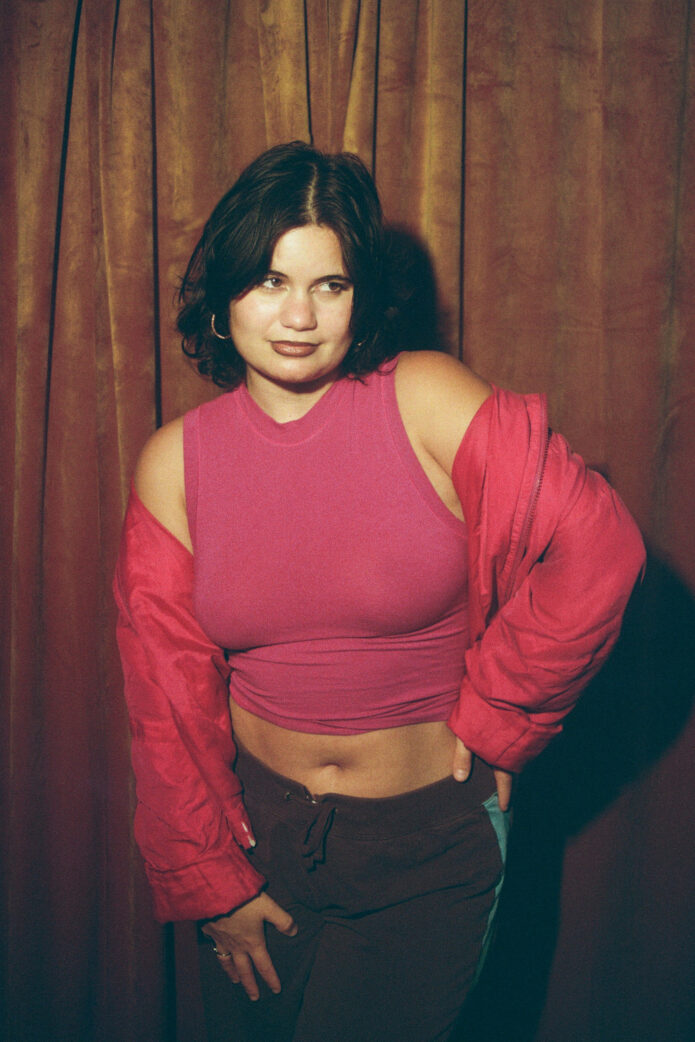

I would say that art simply is incredibly subversive, which in turn makes it queer, would you agree?
Definitely, I’m really interested in the idea of queer migrations, or what it means to shift from the binary, especially within the academic sense of that. I’ve been queer my whole life. It’s only until I dove this year into the more academic space of what that looks like and what that means, that it really goes hand-in-hand with so many amazing people who have done so much work in the art world to create incredible spaces and projects beyond my belief. So it’s really fun to be a part of that and be able to kind of create maybe an alternative to what we’re looking at in social media.
It’s only natural for you to bring your queerness into your art and your work, what does that process look like for you?
I think ultimately any time I do anything, it’s going to be brought in a way. I don’t go into it super intentionally, sometimes it’s just going to be in the work. I think any person of any community, that is the backdrop in a way.
Let’s talk about your hugely trending TikTok series, “The craziest thing about being creative…”, did you expect it to go so viral?
I really was excited to try to think like, ‘What would stop me in my tracks?’ Right? What type of moment would get me to really pause? And I love an illusion, I do. Especially the text video, where I knew that the text was going to be the reveal. I had a feeling that that might be really exciting for some. Because, when you’re watching a creator, there’s no reason that they would lie to you that the text is fake. There’s no reason for that. So I was hoping that it would maybe shift the moment, and so I was really happy. I definitely think high play, high-pitched is absolutely my aesthetic. I love to lean in, 1000%.
I think that in 10 years everyone's going to look back and take [viral video art] very seriously.
You’re studying for your MFA right now. For young queer artists just getting inspired today, what’s your best advice for them?
When it comes to navigating different mediums, there is no limit to how to do it. Just really push the boundary because you can back it up with enough academic credible sources to do basically anything. So don’t confine [yourself] to one medium. Whatever it is, whether it’s short form video, aka TikTok, or whether it’s any type of mixed medium. There’s one artist I know, Marley White, she literally makes pieces out of pig intestines. Pretty crazy town, that is so cool. Anything goes, you know?
As someone who has newly found the spotlight on the internet, how do you look after your mental health in light of the millions of eyes on your work?
Honestly, I used to talk really openly on social media about my mental health, like one of my old pieces was really inspired by some mental health struggles. And I found that the best way sometimes to protect myself is to limit what I share at times, which I know sounds counterintuitive, but that’s just what I found to be most helpful. I know it’s not maybe an answer that’s exciting, but that’s what I found has worked for me. Having a strong community is everything. Whether that means like offline, online, whatever that means to you.
What will 2024 look like for you?
The next year will look like making experimental projects, hanging out with my nieces and nephews, and pushing the boundaries of a glue gun.
